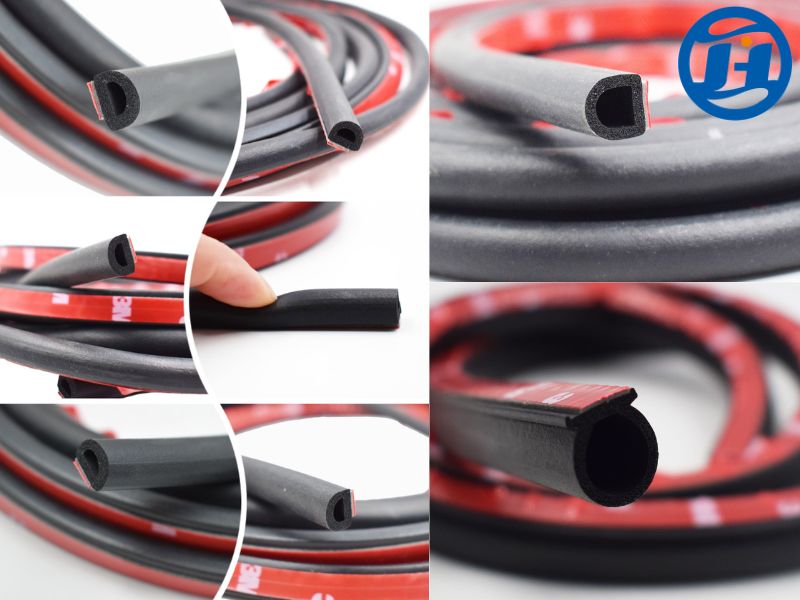What Are You Looking For?

Door seals are often overlooked components of our homes and buildings, yet they play a crucial role in maintaining energy efficiency, enhancing comfort, and improving overall security. This article explores the significance of door seals, the various types available, and how to install them effectively.
Energy Efficiency: Door seals help prevent drafts, which can lead to significant energy loss. By sealing gaps around doors, homeowners can reduce heating and cooling costs, ensuring that indoor temperatures remain stable and comfortable.
Comfort: A well-sealed door minimizes unwanted noise and external disturbances. It creates a quieter indoor environment, enhancing the overall comfort of living spaces.
Moisture Control: Door seals act as a barrier against water infiltration. This is particularly important in areas prone to heavy rain or snow, where moisture can lead to mold growth and structural damage.
Pest Prevention: Sealing gaps around doors can deter pests like insects and rodents from entering the home, providing an additional layer of protection.
Security: A properly sealed door can enhance security by making it more difficult for intruders to enter through gaps.
There are several types of door seals, each designed for specific applications:
Weatherstripping: This is one of the most common types of door seals. It comes in various materials, including foam, rubber, and vinyl. Weatherstripping is flexible and can easily conform to the door frame.
Door Sweeps: These seals are attached to the bottom of the door and help block drafts, moisture, and pests. They can be made of rubber, aluminum, or vinyl.
Threshold Seals: Installed at the base of the door frame, threshold seals create a barrier between the door and the floor, preventing air and water from entering.
Magnetic Seals: Commonly used in refrigerator doors, magnetic seals provide a tight closure. They can also be used for certain types of exterior doors.
Acoustic Seals: Designed specifically to reduce noise transmission, acoustic seals are often used in recording studios or bedrooms adjacent to noisy areas.
Installing door seals can be a straightforward DIY project. Here’s a step-by-step guide:
Choose the Right Seal: Select a seal that fits your door type and meets your specific needs (e.g., weather resistance, noise reduction).
Measure: Carefully measure the dimensions of the door and the gaps you want to seal. This will help you cut the seal to the appropriate size.
Clean the Area: Ensure the door frame and surface are clean and free of dust or debris to ensure a strong bond.
Cut to Size: If necessary, cut the seal to the required length using scissors or a utility knife.
Apply the Seal: Follow the manufacturer’s instructions for application. Most seals can be adhered using adhesive backing or screws.
Test the Fit: Close the door and check for any remaining gaps. Adjust or add additional seals as needed for a snug fit.
Investing in door seals is an effective way to enhance your home’s energy efficiency, comfort, and security. By understanding the different types of seals available and how to install them, homeowners can take proactive steps to improve their living environment. Whether you are looking to reduce energy bills or create a quieter space, door seals are a small but impactful solution.
If you need anything, please contact us,Customized different size/color/shape silicone rubber hose, making molds depending on your samples or drawings. FREE SAMPLES can be sent for your evaluation!
Over 20 years Professional Experience in Auto Accessories Field